The Saga of the Willys Aero
From Second Fiddle to the Jeep to Proudly Wearing the Ford Badge, 1952–1971
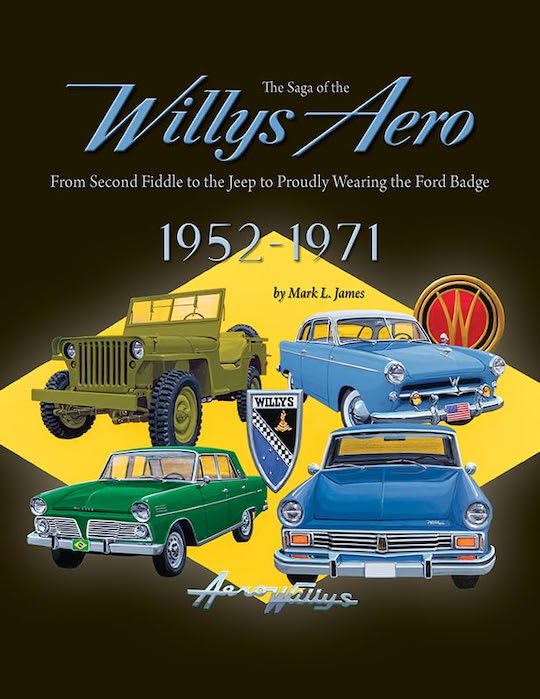 by Mark L. James
by Mark L. James
The tease on the book’s title page cited on our landing page coupled with the subtitle ought to arouse any reader’s curiosity. Actually the name of the vehicle—Willys Aero—is a curiosity too. Typically we identify a vehicle by year, maker, and then its model name. The vehicle this book tells of was first made by Willys-Overland which named its new line of cars Aero Willys resulting in all of the Willys Aeros confusingly known as Aero Willys models.
At the outset the book’s author, Mark L. James, tries to correct another common misperception: namely how to pronounce Willys. “Many say “Willies” as it would rhyme with the word Billy’s. The correct pronunciation, however, rhymes with the word Willis, which is how American actor Bruce Willis . . . pronounces his name.”
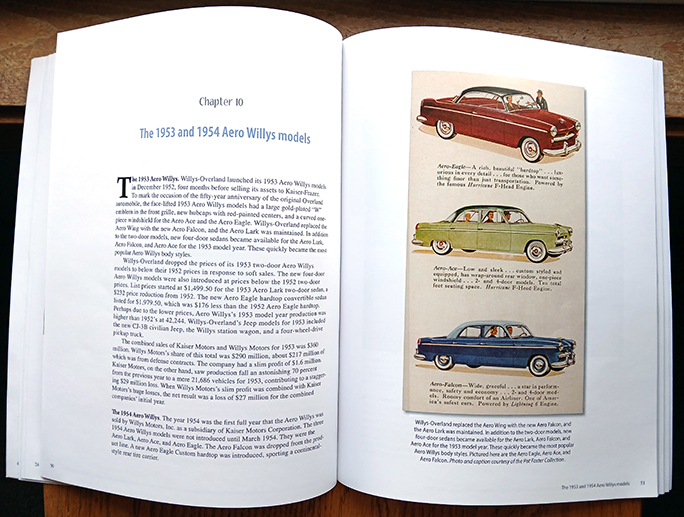
The first Aero models in 1952 were named Wing, Ace, Eagle, and Lark. Shown here are the 1953–54 Aero models with the Falcon replacing the Wing.
Willy’s traces its automobile-making and -selling heritage back to 1909 although two world wars put a halt to its motorcar production. Postwar it would be 1952 before it would produce another motorcar, the compact Aero Willys. While a good car it would prove to not be what the war-weary buying public wanted, thus sales were disappointing.
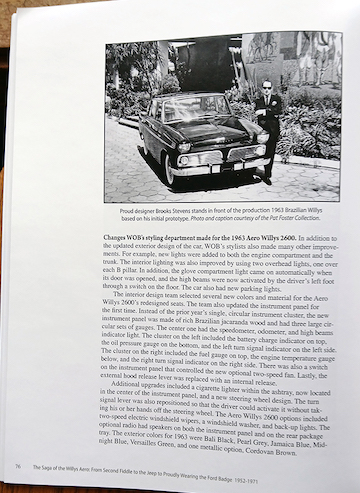
Brooks Stevens alongside his made-in-Brazil 1963 Willys 2600. He had redesigned it, updating it per WOB’s (Willys-Overland of Brazil) instructions.
Lack of sales financially challenged the company forcing it to restructure a number of times as the half dozen or so chapters that form the heart of the book detail. For the reader it is a dizzying array of business machinations—forming new companies, closing others, forming still others. Further it involves governments and investors in both Brazil and Argentina. That information is historically significant and even includes governmental regime changes eventually leading to launching the Brazilian automotive industry, not just direct manufacturing but truly an entire industry including necessary support companies making components for the assembly plants to purchase.
The book’s author owns a 1963 Willys Aero with its own interesting provenance. Willy Aero’s 1963 through ’66 were made by WOB (Willys-Overland of Brazil). They had received exterior redesign—tweaks to make the car appear larger while retaining its original body shell—at the hand of famed designer Brooks Stevens. He fulfilled the mandate by making the quarter panels longer and higher at the rear. He also updated the taillights and squared off the roofline which in turn increased back seat headroom. And he added the wide chrome moldings onto various areas of the exterior.
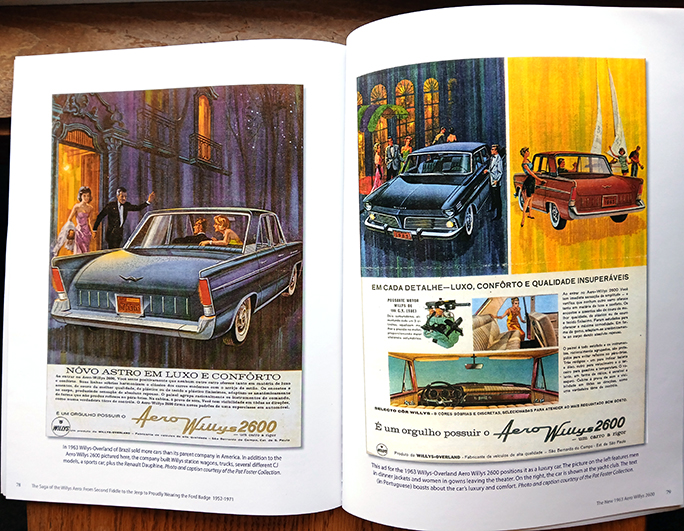
These cars were never offered for sale new in North America. These colorful advertisements show models and features of 1963 Willys Aero 2600s.
Once produced, two of the cars were subsequently sent to the US for Willys Motors engineers to inspect. Brooks Stevens managed to arrange to purchase one of those two for his personal use. Following Stevens’ passing, a longtime friend of your commentator acquired the car from Stevens’ estate, maintaining it as Stevens had in his museum for he enjoyed looking at it parked beside another Stevens-designed car in his collection, a Studebaker Hawk. Subsequent to my friend passing, this book’s author arranged to became its next and current caretaker. James doesn’t reveal the owner or whereabouts of that second ’63 Willys Aero, writing only that it is believed to be somewhere in California.
If you engage in automotive Trivial Pursuit or just enjoy learning and knowing automotive esoterica, The Saga of the Willys Aero is just the book for you.
Copyright 2024 Helen V Hutchings (speedreaders.info)


 RSS Feed - Comments
RSS Feed - Comments
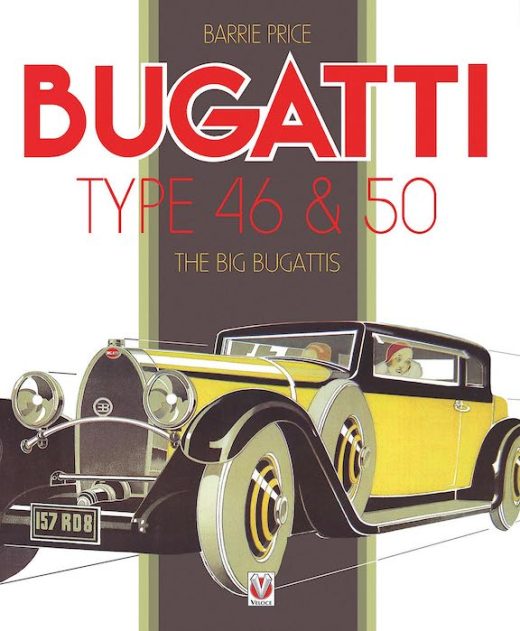

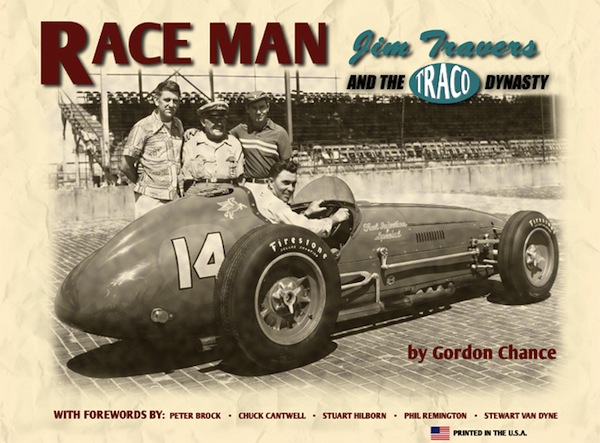

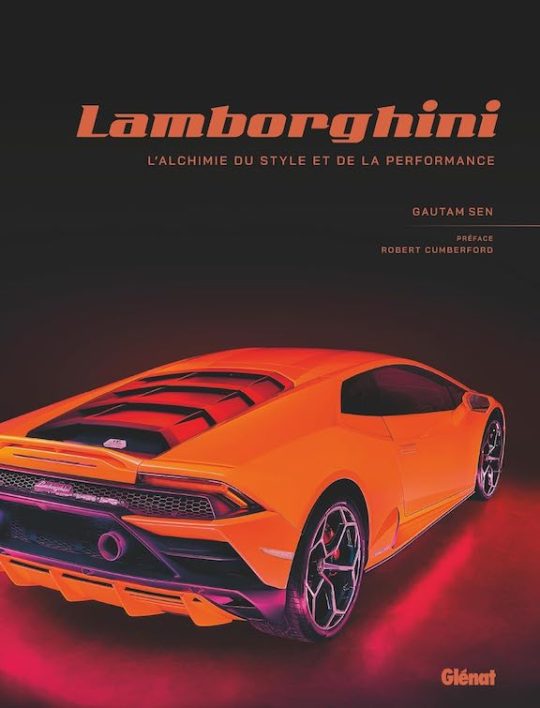
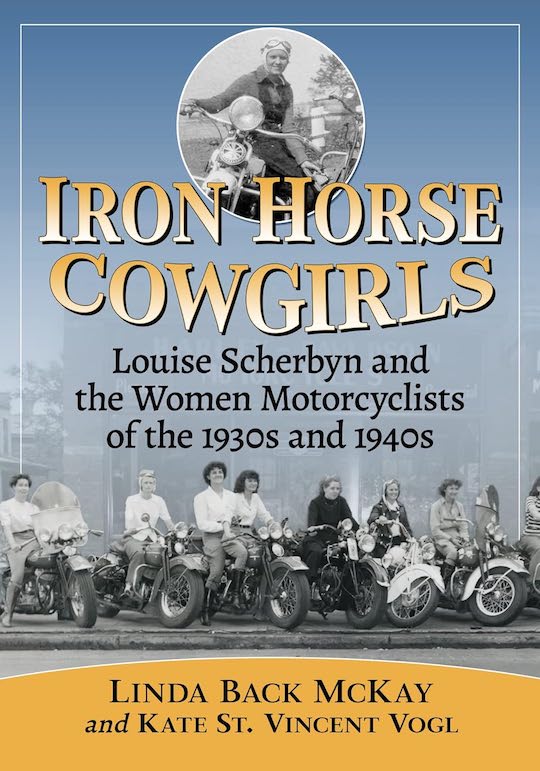


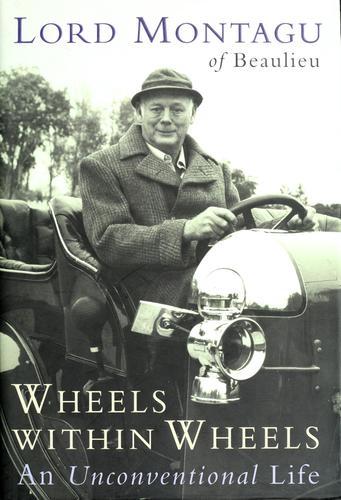
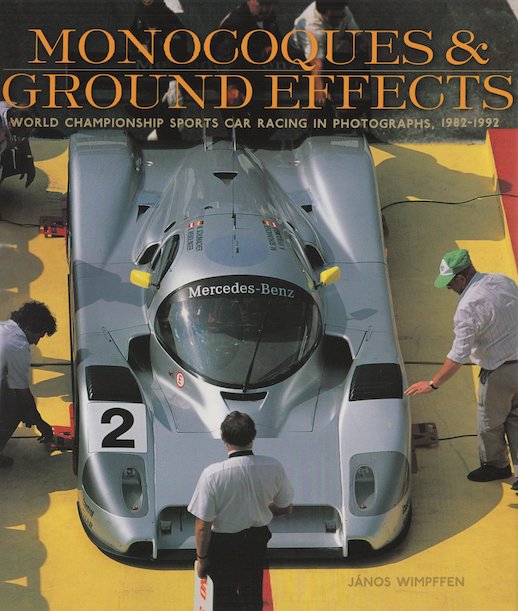
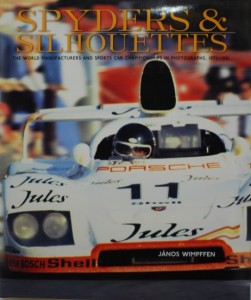

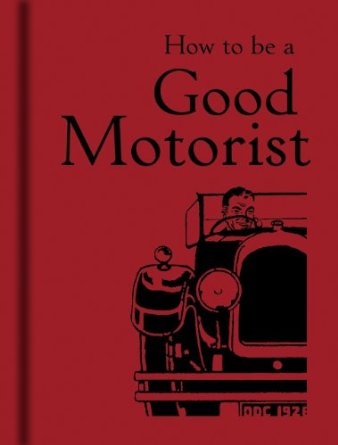
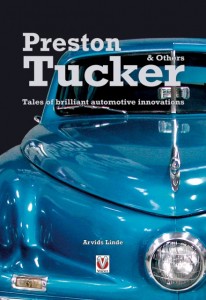






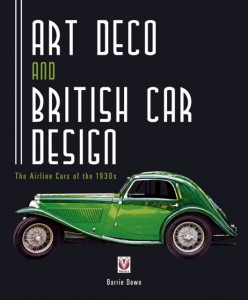
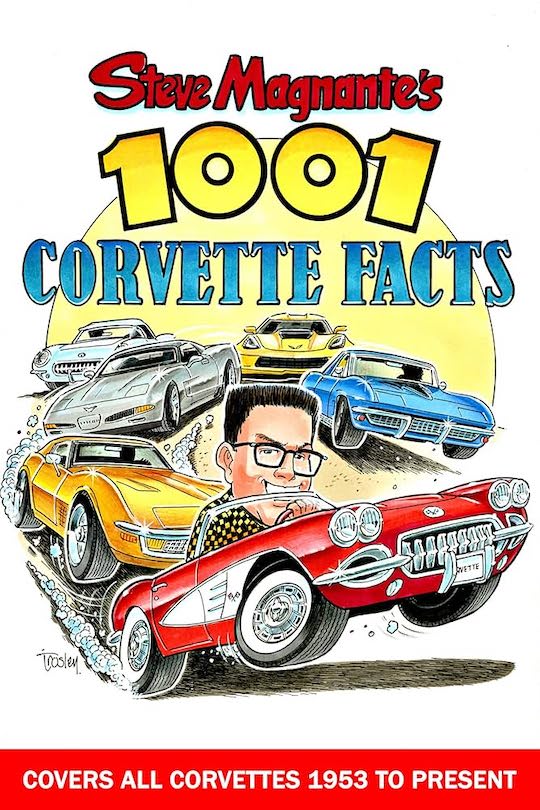
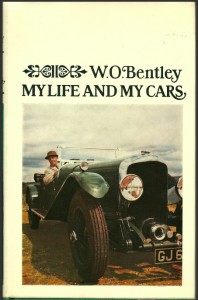
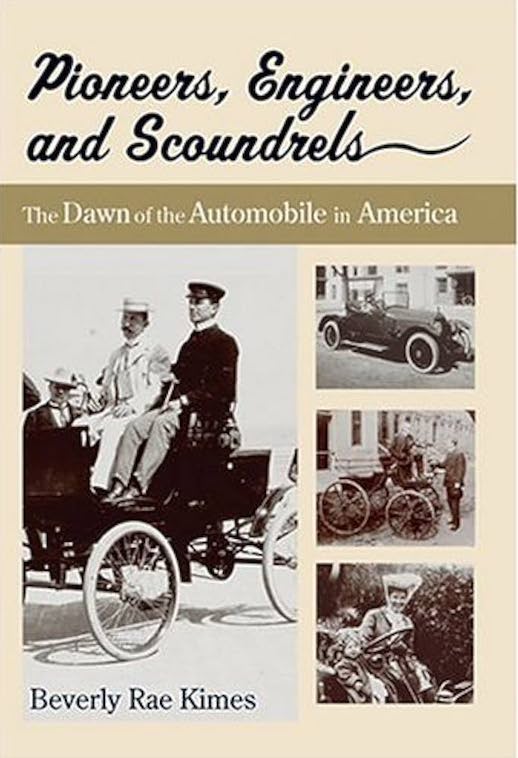
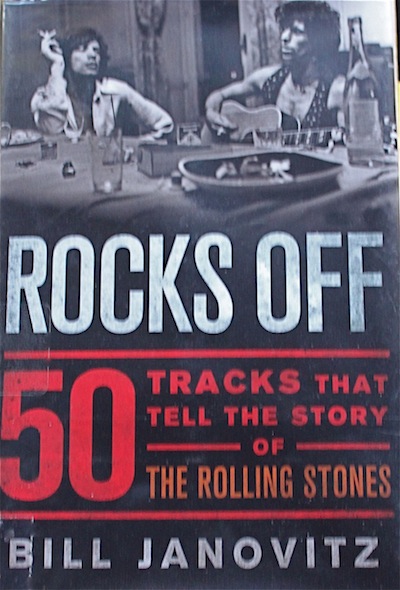
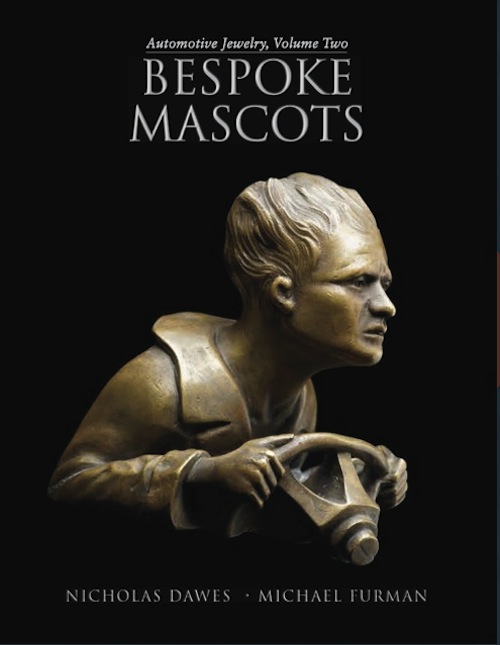


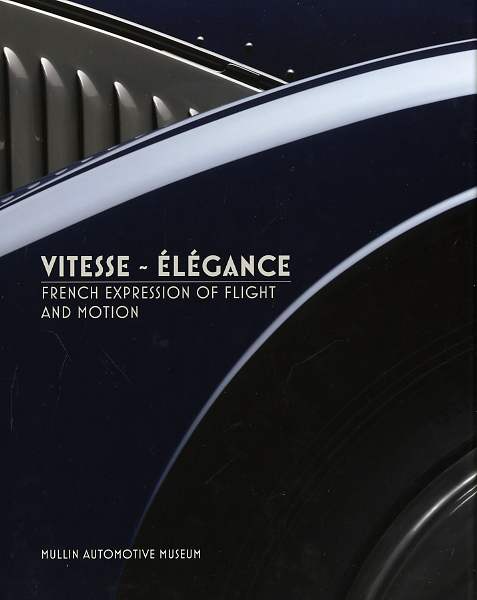

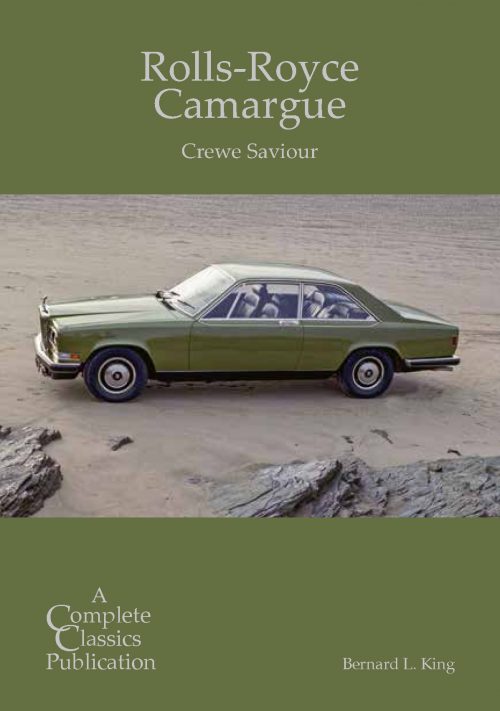
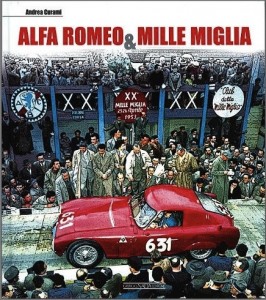


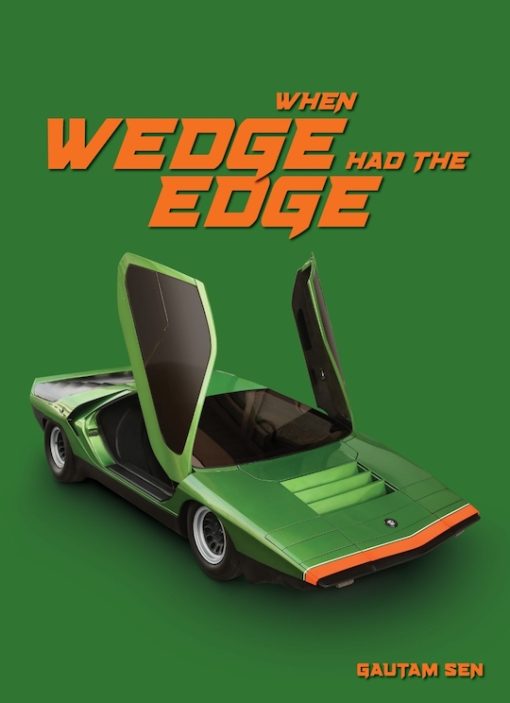
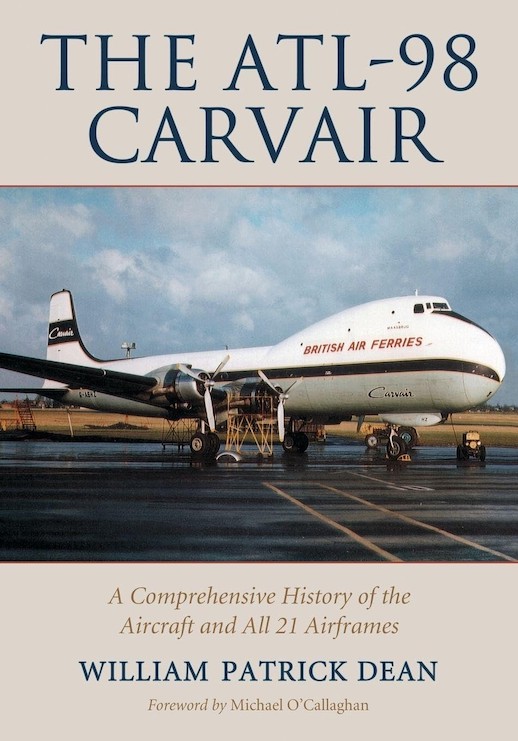



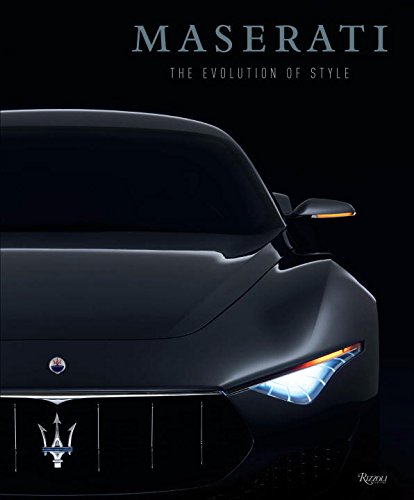
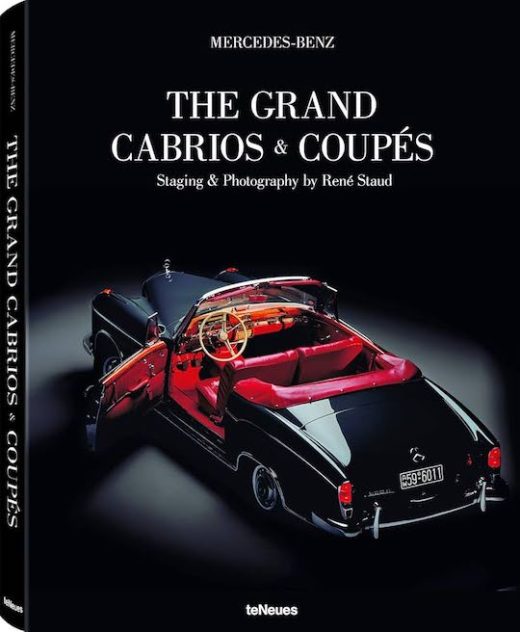
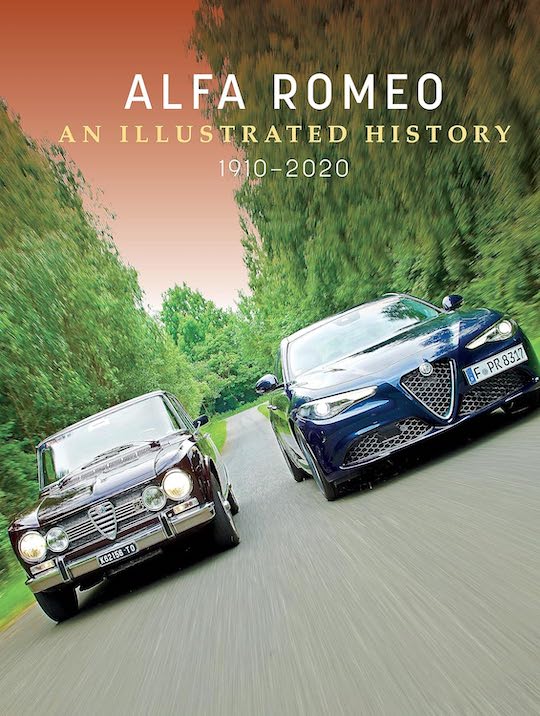
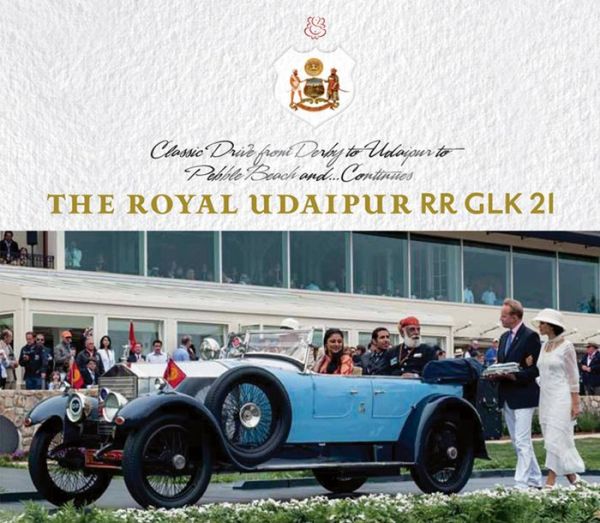

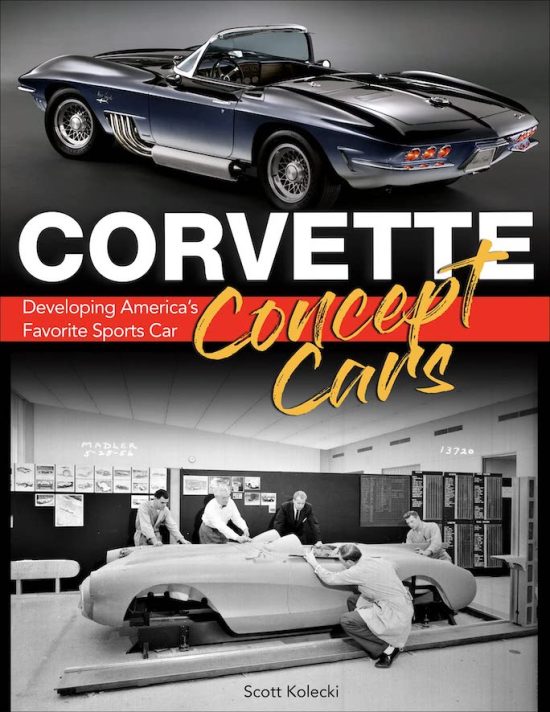
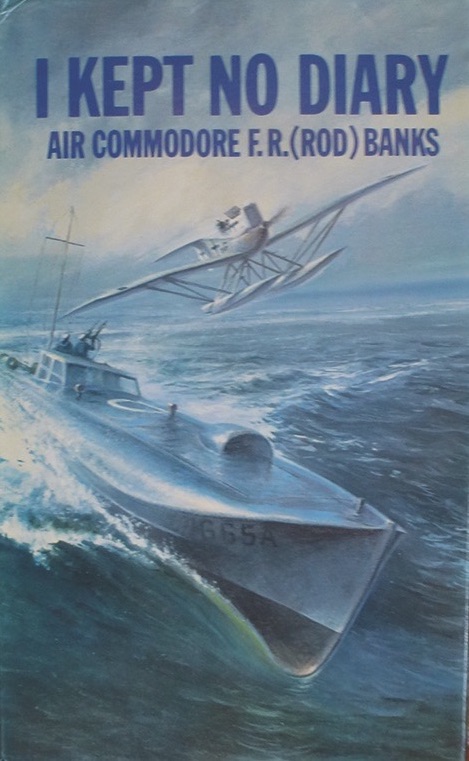
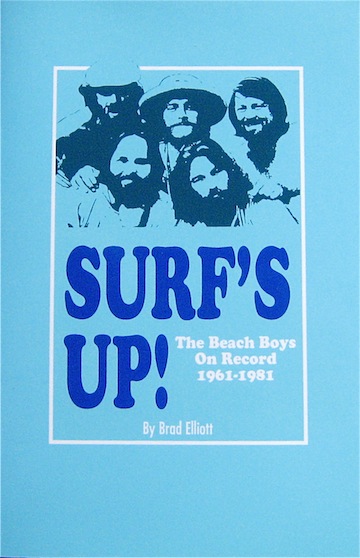




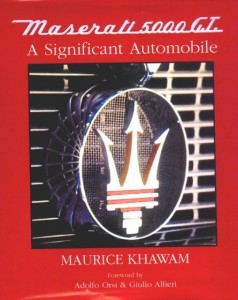

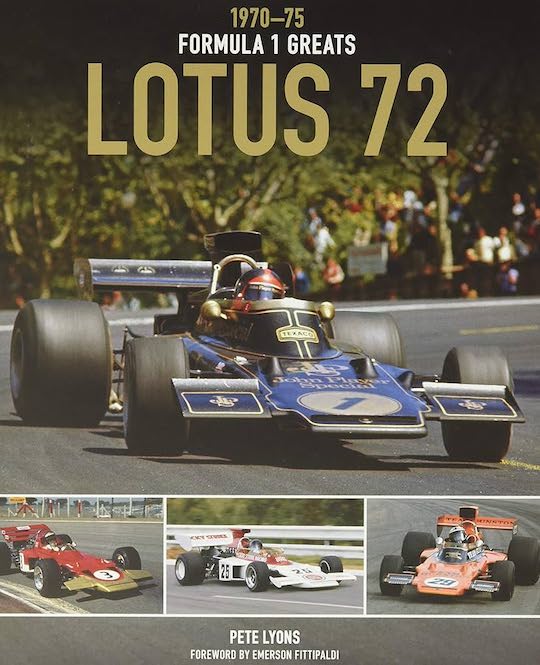
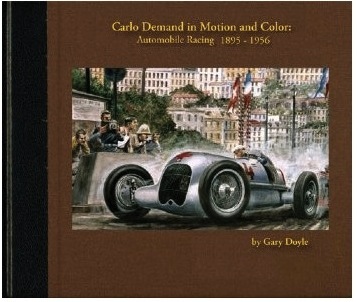
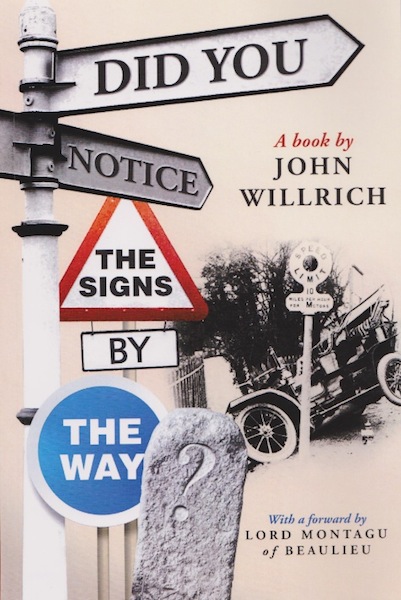
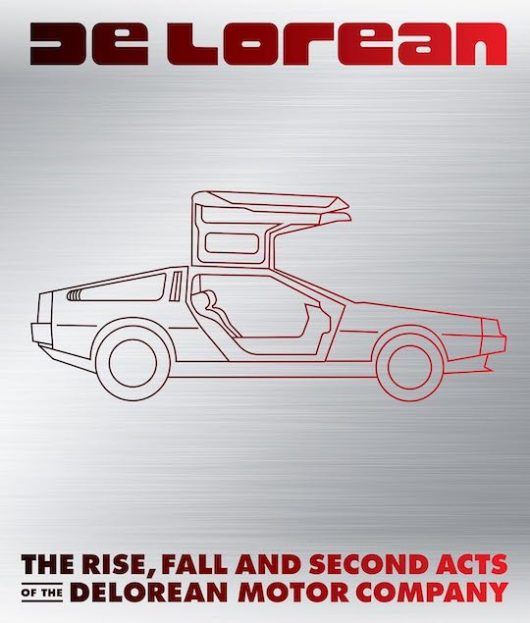
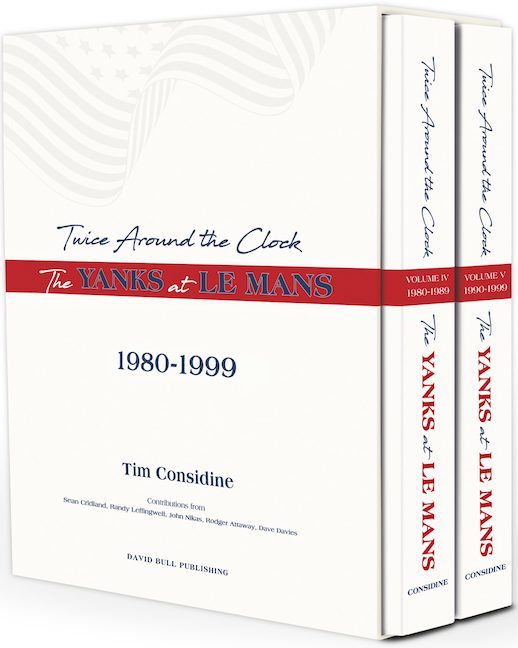
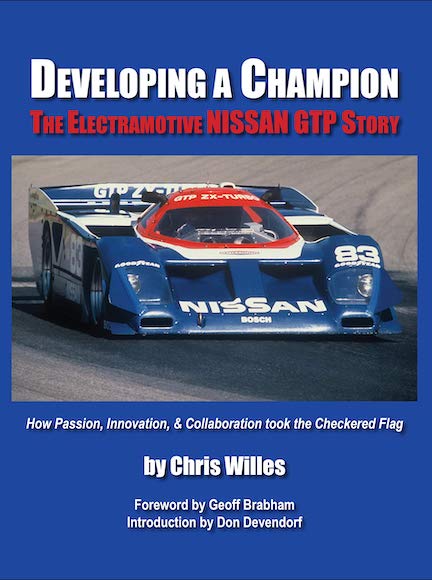
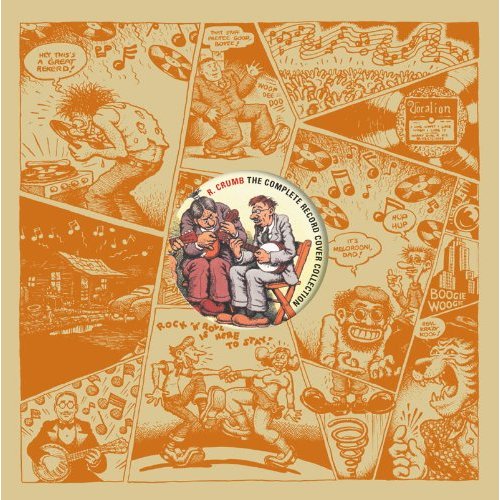


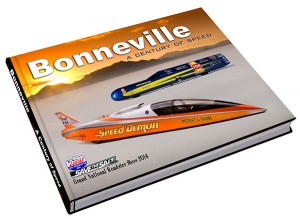
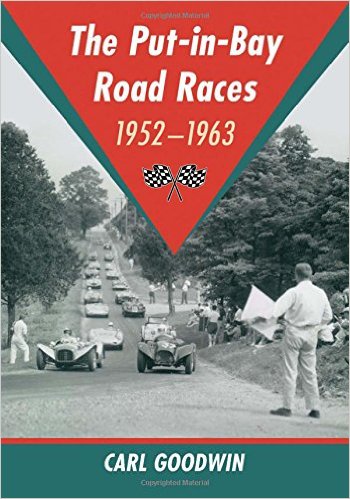

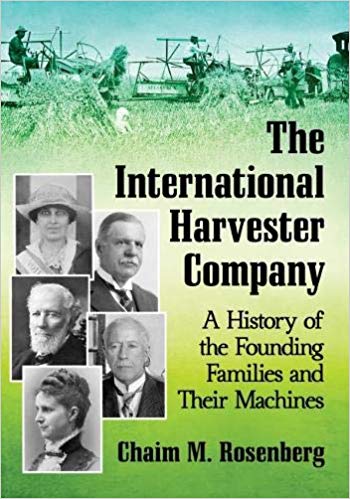

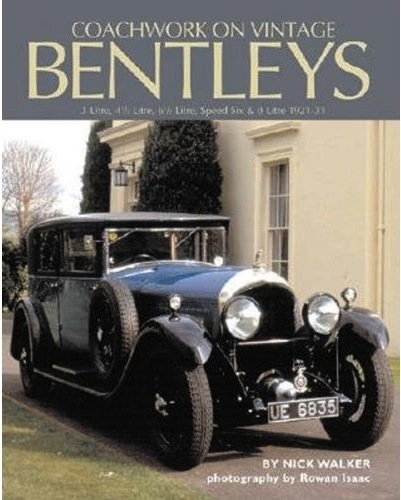

 Phone / Mail / Email
Phone / Mail / Email RSS Feed
RSS Feed Facebook
Facebook Twitter
Twitter